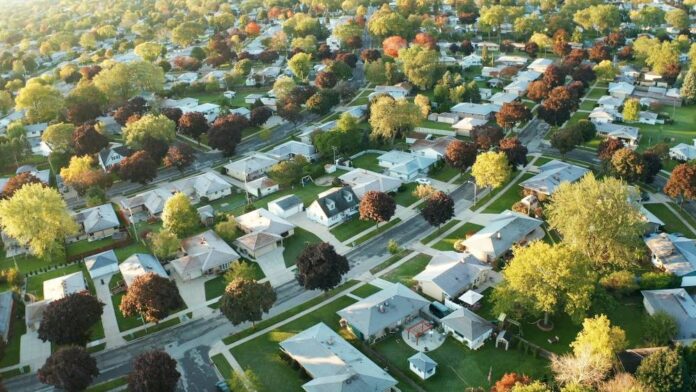Home prices in the US have risen dramatically, with many areas feeling a housing crunch. — AlenaMozhjer/Getty Images pic via ETX Studio
Follow us on Instagram, subscribe to our Telegram channel and browser alerts for the latest news you need to know.
LOS ANGELES, Aug 5 — In the United States, homeowners are converting their sheds into cottages and garages into living spaces, creating a second home on the same lot. Not only does it offer homeowners a potential new source of income, it also opens up new possibilities for more affordable housing for tenants. In California, the procedures for creating these homes have now been standardised in order to respond to the housing crisis affecting the country.
A garage transformed into an apartment, a studio built onto the side of a house or a shed renovated and expanded in order to house adult children? A wide range of different types of outbuildings on US properties are being built or adapted to give them a new purpose.
In 2020, the American company Freddie Mac noted in a report that the number of permits to create outbuildings had increased by 8.6 per cent in 15 years in the country. Over the same period (2003 to 2019), the rate of rental ads increased from 1.8 per cent to 4.1 per cent.
The housing crisis in the United States partly explains the use of this alternative. Over the past two years, rent prices have experienced a dramatic change. The purchase price of houses has risen by 30 per cent over that timeframe, reports National Public Radio (NPR). And these increases are being seen both in large coastal cities like San Francisco, Los Angeles or New York, as well as cities like Phoenix and Las Vegas.
LA standardises accessory dwelling units
“Accessory dwelling units” allow owners to make ends meet by renting out these additional living spaces, while enabling tenants with limited budgets to find appropriate accommodation. Because these outbuildings offer advantages of “regular houses,” located in residential settings and extending up to 90 square meters in LA.
In Los Angeles, accessory dwelling units have become so popular that the city’s Department of Building and Safety (LADBS) has published standard plans for validated models. This means that you can choose your plan and buy directly from the approved builder.
More broadly, California has ended single-family zoning, enabling two units on a property where previously only one was possible.
Bringing families closer together?
Some families, such as those profiled in the San Francisco Chronicle, are planning to use the changes to accommodate extended family members, such as aging parents. A change in the approach to housing that presents potential benefits for instance for dealing with needs of elderly relatives as well as for childcare.
As many families moved closer together during the covid-19 pandemic for financial reasons or to be able to see one another more easily in cases of lockdowns. Perhaps these new approaches to housing will create new styles of family living. — ETX Studio


